Integrating Multivariable Transmitters
with Analog Instrumentation
Steve Oxenberg, Honeywell Inc. Fort Washington, PA.
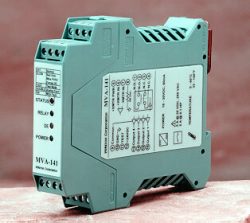 An interface module recently released for sale by Vektron Corporation has removed many obstacles faced when integrating
digital transmitters with analog instrumentation. Now for the first time, users can mix digital and analog
instrumentation while retaining the key benefits of each.
An interface module recently released for sale by Vektron Corporation has removed many obstacles faced when integrating
digital transmitters with analog instrumentation. Now for the first time, users can mix digital and analog
instrumentation while retaining the key benefits of each.
The module, using Honeywell's
Smart Transmitter
digital communications protocol offers many of the benefits of digital integration for general use with any
manufacturer's analog DCS, PLC, safety shutdown system, critical loop controller, PV trip switch or recorder.
Compatible digital instrumentation can directly utilize the transmitter's accurate PV, status and configuration
database. At the same time, analog instrumentation can utilize the module's 80% accuracy improvement, multivariable PV
access, independent transmitter status and more.
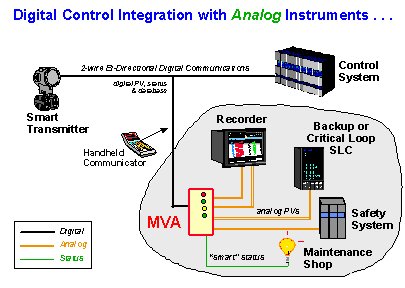 Figure 1 - Expanding with Digital Communications
Figure 1 - Expanding with Digital Communications
The interface module, called the MVA , for Multi-Variable Analog interface, provides
a cost-effective, means of interfacing Honeywell Smartline® Digitally Enhanced (DE) transmitters with analog
instrumentation. The DE communications enable accurate, secure measurements and device diagnostics that protect system
security and integrity. The MVA accepts a digital signal from the transmitter and converts it into four high precision
analog 1-5 volt signals. In addition, the MVA also provides an independent "smart status" relay output whose state is
linked to the digital transmitter's status.
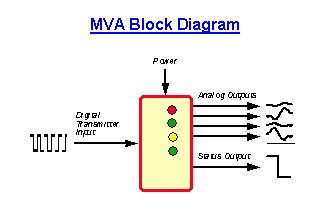 Figure 2 - Multivariable Interface Block Diagram
Figure 2 - Multivariable Interface Block Diagram
The MVA appears to provide a multitude of integration options for integrating digital transmitters with analog products
from other manufacturers. This situation is not unlike those we will face when digital Fieldbus transmitters arrive. As
Vektron explained; "The MVA's flexibility is attributed to a close working relationship with Honeywell."
ACCESS TO MORE VARIABLES
Enabling every transmitter to communicate digitally means more measured variables can travel through the same wire
pair. Since the MVA can output up to four analog signals, with a multivariable
SMV3000 Pressure Transmitter
from Honeywell, a user can gain access to all four process variables (PV) or even one of the secondary
variables (SV). This significantly reduces the overall solution cost by not having to install additional
transmitters or new field wiring.
Honeywell now has at least three
multivariable transmitters
on the market; SMV3000 Pressure Transmitter, SGC3000 Gas Chromatograph, and MagneW Plus Flowmeter. Vektron indicated
that the MVA also works with all 3rd party DE field instruments like the multivariable smart level transmitter from
Drexelbrook Engineering Company
. As explained, the MVA was designed as a generic DE interface enabling it to be compatible with any DE transmitter
regardless of who, when or where it was manufactured. This assures both past and future compatibility.
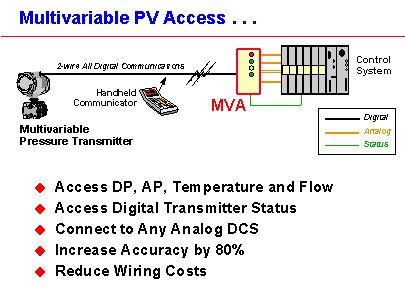 Figure 3 - Accessing Multivariable Transmitters
Figure 3 - Accessing Multivariable Transmitters
Other manufacturers, like
ProSoft Technologies Inc.
, have also developed MVA compatible DE multivariable interfaces for platforms such as the Allen-Bradley PLC-5 and
SLC-5 programmable logic controller series.
The MVA can be used either to enhance an existing installation or, because of the ability to provide loop power, in a
stand alone installation.
For existing installations, the MVA operates in a high input impedance listener mode and can be connected
without disconnecting or disrupting the existing wiring. Any currently installed single variable transmitter, such as
the Honeywell ST3000 Pressure Transmitter, can be used to access its secondary variable, temperature and transmitter
status.
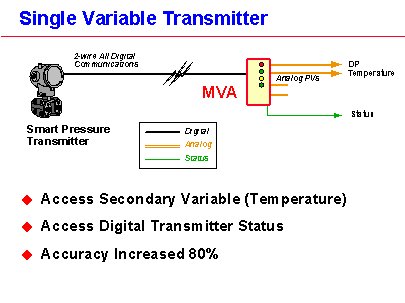 Figure 4 - Access Secondary Variable and Status
Figure 4 - Access Secondary Variable and Status
Vektron has also provided complete stand-alone capability in the MVA with the ability to provide the transmitter loop
power and 250 ohm loop resistor. The MVA also utilizes a self-resetting electronic fuse that completely protects
the field wiring from short-circuits.
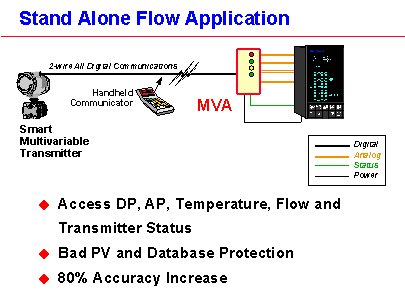 Figure 5 - Stand Alone Digital Transmitters
Figure 5 - Stand Alone Digital Transmitters
IMPROVING ANALOG ACCURACY
A rather unique benefit of the MVA is that it significantly improves the overall measurement accuracy. The MVA was
designed for improved overall performance by incorporating precision voltage outputs instead of traditional current
outputs. This enables installation without the traditional loop resistor and its associated error. Since virtually all
instrumentation actually requires a voltage input, this has the effect of improving the overall accuracy by 80%. That
means that by introducing the MVA into an existing analog loop, better analog performance is obtained from the same
transmitter!
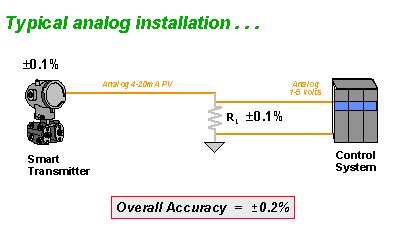 Figure 6 - Typical Analog Accuracy
Figure 6 - Typical Analog Accuracy
Assuming a typical analog transmitter accuracy of (0.1%, the loop resistor contributes an additional (0.1% inaccuracy
for a worst case error of (0.2%. With the MVA installed, the transmitter's digital accuracy is typically (0.075%. But
since the MVA's outputs are precision (0.045% voltage sources, the error introduced by the loop resistor is eliminated.
The worst case error is now only (0.12%, an improvement of 80%.
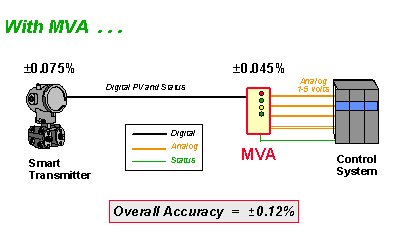 Figure 7 - Enhancing Analog Accuracy with MVA
Figure 7 - Enhancing Analog Accuracy with MVA
ENHANCING SHUTDOWNS & PERSONNEL SAFETY
Analog instrumentation such as safety shutdown systems, backup or critical loop safety controllers, trip switches, and
recorders can obtain their analog input signal from the MVA. The additional benefits gained through utilization of the
digital field communications are bi-directional communications, improved noise immunity and PV value validity.
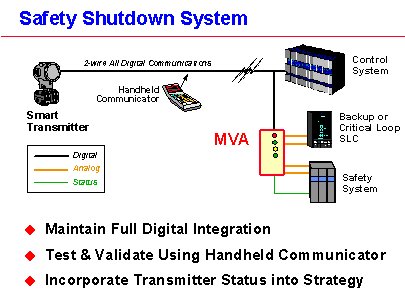 Figure 8 - Digital Transmitter in Safety System
Figure 8 - Digital Transmitter in Safety System
Shutdown systems can be configured to respond faster and avoid process upsets or false shutdowns because of the greater
validity associated with digital PV transmission and transmitter status. Furthermore, the independent transmitter
status relay output is useful in differentiating a maintenance problem from a process problem. False
shutdowns may be avoided by incorporating this status differentiation into the shutdown strategy. Vektron also
indicated that the MVA design has taken into consideration the emerging requirements of IEC 1508 for safety
related equipment.
The MVA also has other refined features like user configurable forced "output mode" action. This permits the user to
select whether or not a transmitter's forced output value causes the MVA's "smart status" to trigger a bad status or
pass through as normal. When disabled, this feature may be used to validate safety shutdown operation. When enabled, it
acts as a watchdog, preventing the user from inadvertently leaving a transmitter in a forced state.
Since each of the digital PVs carries its own related status and are separately processed, depending on transmitter
type, the failure of one PV will not effect other PVs. This enables a more reliable trip action based on the
transmitter's predetermination of PV validity.
The analog output fail-safe direction is user configurable to go to burnout high, burnout low or even more useful, hold
the last known good (LKG) PV input value. By utilizing LKG and the "smart status" relay output, the user now has a
simple means of reducing the likelihood of process upsets, false shutdowns and may allow more time to take corrective
action by holding the analog output at its last good value. Unnecessary trips out to the field may be avoided with the
additional visibility of transmitter status. These are sophisticated features found mainly in large distributed control
systems. With features like this, it doesn't take much to recover the MVA investment. MULTIDROP TOO ! Because of its
high input impedance, more than one MVA may be multidropped on a single transmitter with essentially no penalty. This
has the advantage of delivering a precision analog signal with transmitter status anywhere and at virtually any
distance.
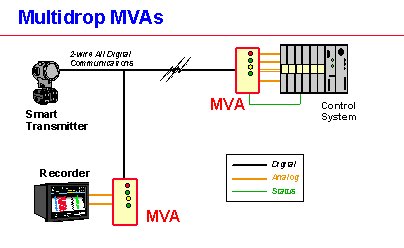 Figure 9 - Deliver Analog Signal Anywhere
Figure 9 - Deliver Analog Signal Anywhere
HOW IT WORKS
The entire MVA is configured through simple DIP switches and does not require any special tools or software.
Installation and checkout is simplified with four colored LED indicators. The MVA is a self-contained diagnostic tool
with LEDs indicating power, communication activity and "smart status". It even alerts the user if the analog outputs
are cross-wired or shorted.
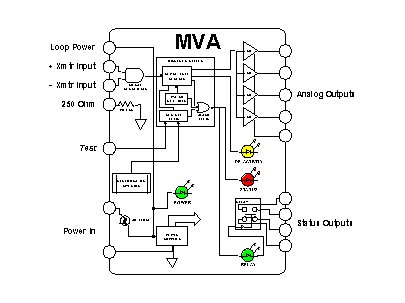 Figure 10 - MVA Functional Diagram
Figure 10 - MVA Functional Diagram
The MVA provides two security features found in Honeywell DCSs; Bad PV protection and Bad Database protection. This
means that only validated PVs are passed through and status is only considered good when the transmitter configuration
matches that of the MVA. If a problem exists, the MVA's "smart status" LED provides a visual indication of specifically
what is wrong. For routine validation and maintenance, the MVA provides a TEST terminal that forces all analog outputs
to 3.00 volts, 50%, and trips the status relay. The MVA's life cycle costs are minimal since each module is
factory characterized and does not require any periodic calibration.
For current users of DE compatible instrumentation, the MVA enables every digital transmitter to communicate digitally
regardless of other signal destinations. Having accomplished that, all transmitters can take advantage of centralized
configuration, database security and digital control accuracy.
With Vektron, Honeywell appears to have taken an excellent step towards applying technology to achieve new and unique
solutions, while at the same time fulfilling its promise of providing continued support for the DE protocol and meeting
the needs of open interfaces. Vektron has also indicated that the MVA is only the first of a series of products it
plans to offer. Honeywell users will be glad to know that more flexibility is available for use with the first
industrial digital fieldbus protocol.